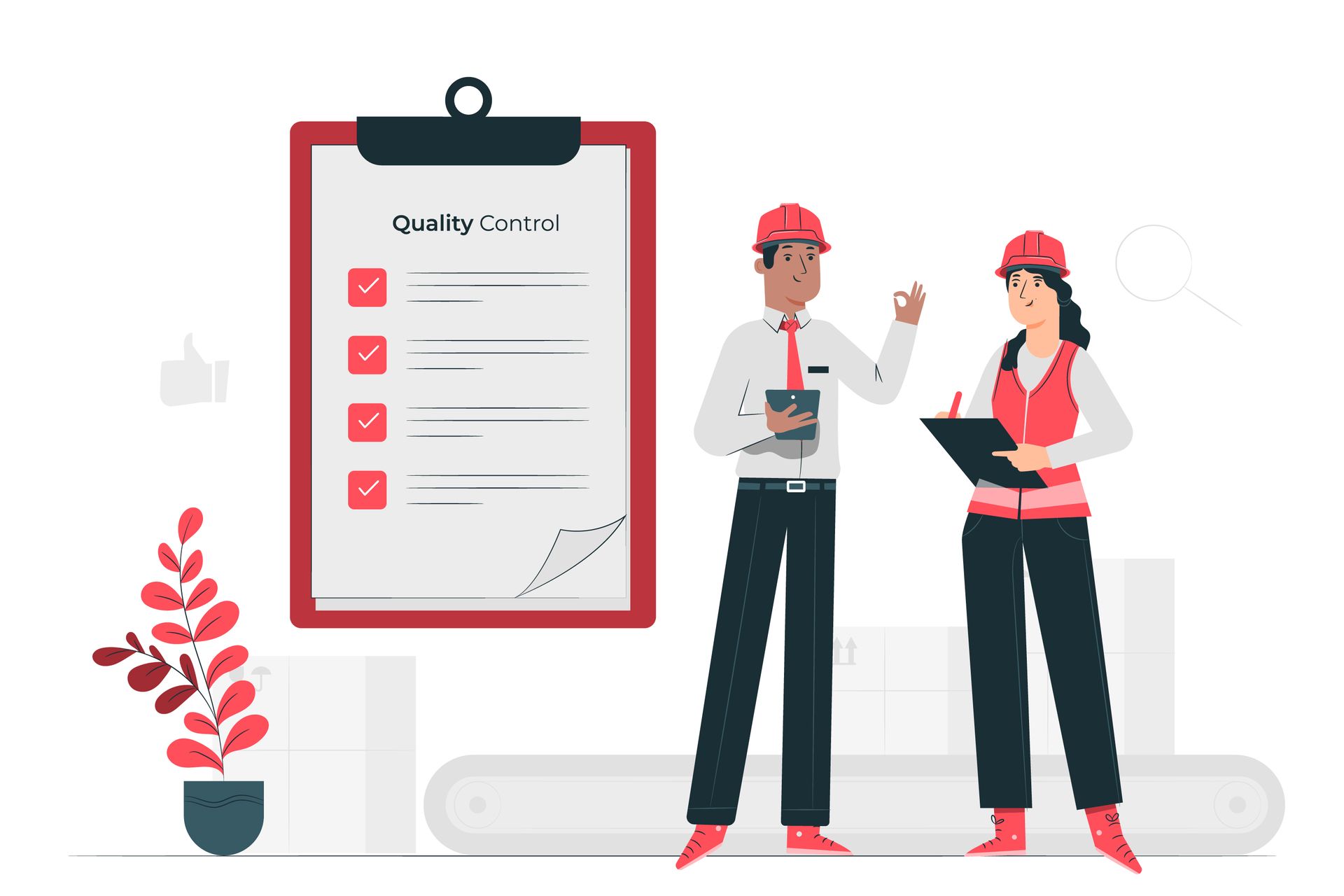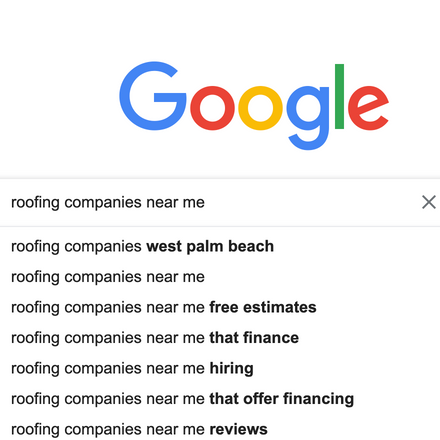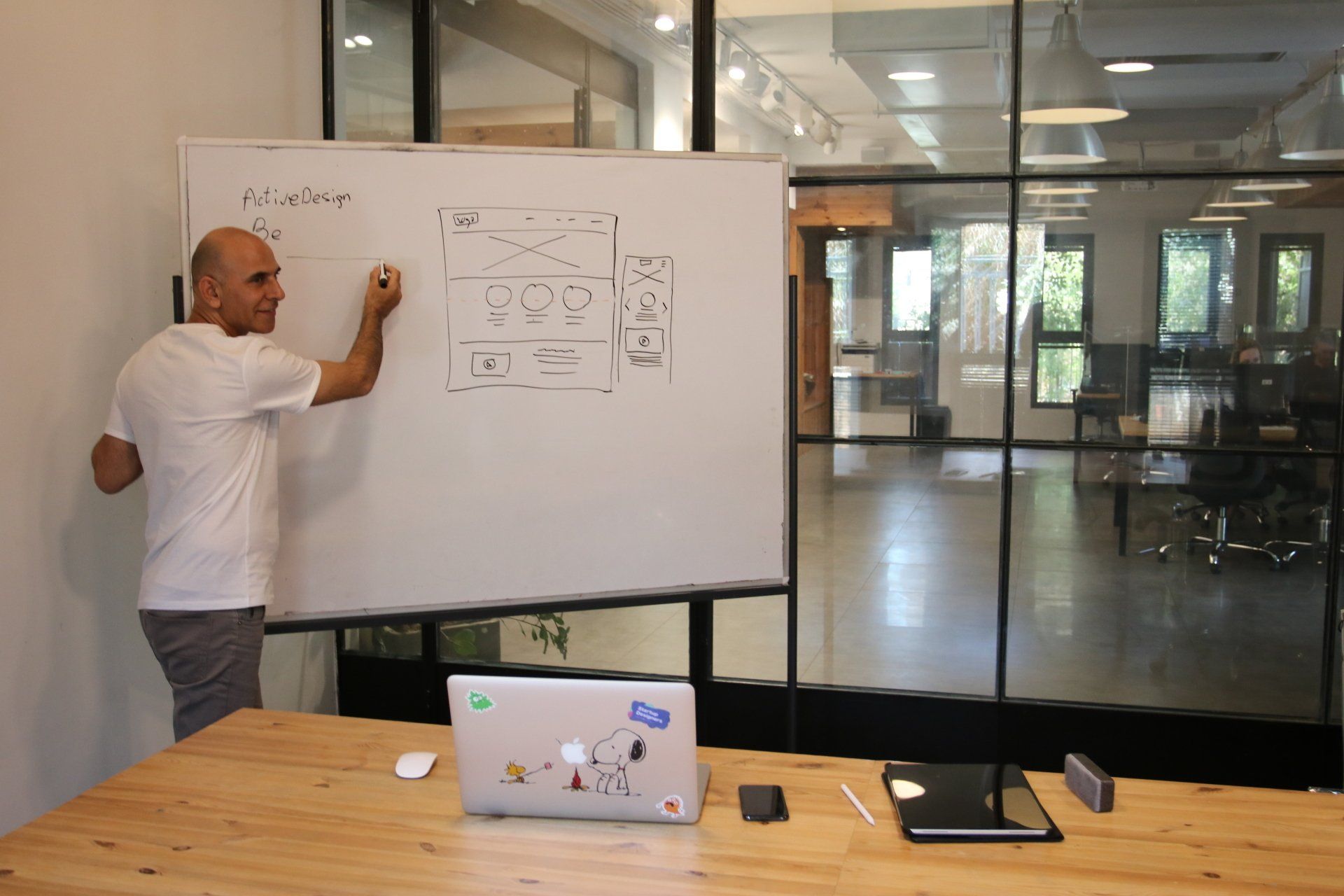S.A.F.E. Hiring Step 1: Setting Expectations
Hiring in the roofing industry looks a lot like this...

When you find someone bold enough to take on a job in roofing, you'll want to do your best to hold on to them. Establishing expectations prior to bringing on a new employee can set the stage for a successful, long-term employment relationship that moves your company forward.
As part of our series on
S.A.F.E. hiring practices, this article will offer 5 tips for setting proper expectations during your hiring process. We’ll point out opportunities for expectation-setting when crafting a job listing, conducting interviews, and taking advantage of onboarding paperwork.
Tip 1. Paint a Picture with your Job Description
Your first opportunity to set expectations is in the job listing itself. It goes without saying that the title and responsibilities of the job are the central pieces of a job listing, but given some extra thought, job listings can paint a picture of what it is like to work at your company.
Some things to consider when crafting a job description:
-What is the office environment like at your company?
-What does the work schedule look like? Is it a set schedule or hourly with some flexibility?
-Who will they be working with? Are there certain positions at your company that they can expect to deal with more frequently than others? (More on this in a moment)
-Can they expect to be in-office, remote, or in the field? How far will they be expected to travel?
The key here is to be as honest and forthright as possible. Remember S.A.F.E hiring is about making hires that last. New hires will jump ship quickly if they feel they have been sold on empty promises.
Tip 2. Break the Position into Primary and Secondary Responsibilities
Even if everyone does a little bit of everything at your company, it is important that your employees know their central responsibilities. Without a sense of who is responsible for what, it is hard to hold employees accountable. Mistakes devolve into finger-pointing contests, and no one learns their lesson.
One way to navigate this issue is by splitting a job into its primary and secondary responsibilities.
Primary responsibilities provide a sense of what it looks like to work every day in the role. Highlighting them in the job listing allows candidates to determine if they would be capable and comfortable working in the position. Ideally, this is a list of 3-5 core responsibilities that hone in on the most important aspects of the job.
When determining what to list as the primary responsibilities, ask yourself “How will I evaluate this person's performance?”
Secondary responsibilities, on the other hand, may include occasional chores like:
-helping to organize the shop
- performing yearly inventory counts
- or handling maintenance on company vehicles
They may also include items that the hire will perform frequently, but which won’t weigh as heavily on your assessment of their performance, e.g., filing paperwork properly. You’ll want to include these so that a new hire is not surprised when they’re asked to perform secondary tasks.
Providing this breakdown gives your new hires the knowledge to properly judge which tasks to prioritize. It also equips them to comfortably turn down tasks that others in your company try to rope them into. They'll appreciate the ability to establish some work boundaries.
Tip 3. Involve Direct Reports in the Hiring Process
A potential employee may look great on paper, and really talk the talk during the interview. Yet, when the time comes for them to walk the walk, the person directly in-charge of them only has negative things to say.
This could happen for a number of reasons:
-They truly are bad at the job
-There is a clash of personalities
-The standards of the direct report differ from either yours or the new employees
No matter the reason, involving middle management in hiring can help to prevent such a scenario. This could be an office manager, sales manager, production manager, or even jobsite foreman. Whoever is in charge of making sure your new hire performs. If you are not comfortable having them interview candidates, at least have them meet your potential hires before making a decision. If your management team has doubts about establishing a quality working relationship with them, you’ll want to take that into consideration.
Tip 4. Don’t Reschedule the Interview
As an owner, you have a lot on your plate. In the roofing industry, emergencies seem inevitable, and there is no one you trust more to handle them than yourself. Still, if you have scheduled an interview with an interested candidate, do all you can to avoid rescheduling.
The interview is the first agreement that you and your potential employee make. Just as you would feel doubtful about an interviewee if they missed the interview, your candidate will likely feel that your inability to deliver on your agreed interview time is a sign of things to come. Conversely, delivering on this first agreement gives the impression that you take your employees seriously.
If there is no choice but to reschedule:
- try to do so with at least 24 hours notice
- allow them to choose the rescheduled interview time
- if you are consistently missing interviews, consider delegating that responsibility to someone else at your company
Tip 5: Take Advantage of Onboarding Paperwork
You’ve interviewed your candidates, and think you’ve found the one. If you’ve conducted a thorough interview, your new hire has a clear understanding of the expectations that you have for their conduct and performance.
To really hammer those expectations home, make sure that you have them sign written forms in which they accept your:
- Compensation offer including pay rate, bonus pay, paid time off, and any additional benefits you offer
- Employee Conduct Policy
- Jobsite Safety Policy
- Drug & Alcohol Policy
- Employee Attendance Policy
- Any Non-Competes that you have in place
Don’t have these documents? We can
help.
If you properly set expectations when hiring your new employees, you can set yourself on track to improve employee retention, and avoid sinking a ton of time into a cycle of hiring and firing.
Keep an eye out for our next post, where we’ll talk in detail about the next stage of S.A.F.E hiring: acclimating your new hire through training.
